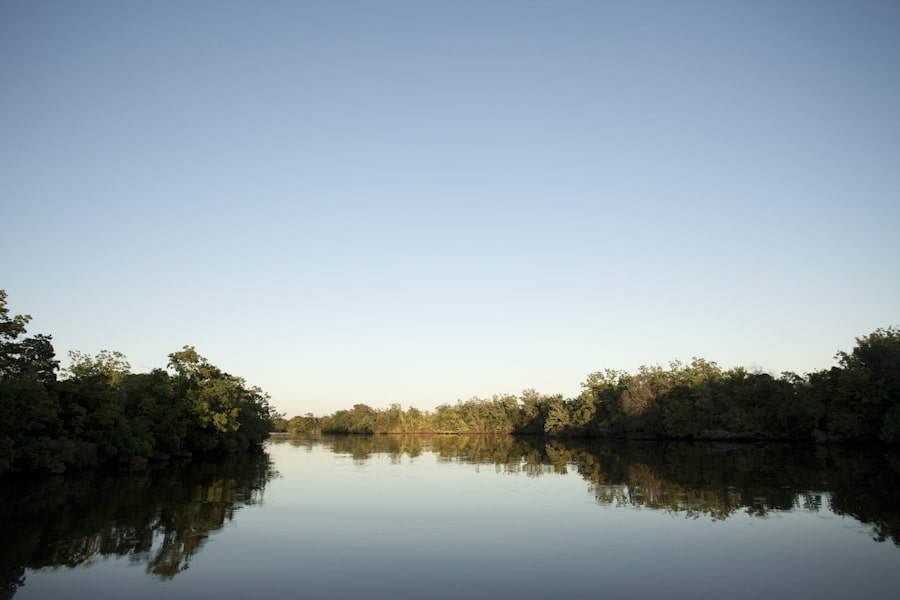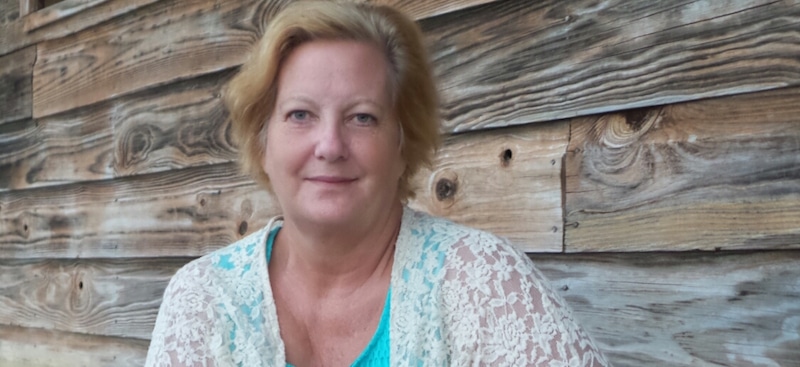By Rebecca Johnson
From your kitchen table to NASA’s space shuttle to soldier’s field ration kits — to causing a bit of a revolt when Parliament banned it in 1932 during a “Buy British” campaign ultimately dubbed “The Tabasco Tempest” — Tabasco Sauce holds a storied history.
One Broke Lawyer & Some Pepper Seeds
The history, culture and legacy of the McIlhenny family is infused in each bottle of spicy red pepper sauce known as Tabasco. As with all folklore the actual facts are a bit fuzzy, but what we know for certain is one broke lawyer, some pepper, salt and vinegar and discarded old cologne bottles launched a family business and created a famous American icon.
The story has it that before the Civil War, Edmund McIlhenny was a New Orleans banker and avid gardener. During the war the family fled his wife’s sugar plantation, Petit Anse, now called Avery Island, to Texas. Returning after the Civil War he found the sugar plantation ruined and the fields ravaged by retreating Union soldiers.
With the South in ruins, this out of work banker found a way to make a living from the only crop remaining, the spicy red peppers, Capsicum frutescens, he had planted in his wife’s garden. Originally McIlhenny concocted the sauce to combat the bland diet of food available during the reconstruction era. It proved so popular with family and friends, McIlhenny set about to commercially produce and market his red pepper sauce which he called Tabasco, meaning “place where the soil is humid” or “place of the coral or oyster shell.”
A Salty Island
Not far from Lafayette, Louisiana is Avery Island, home to where Tabasco has been make since 1868. Not exactly an island, it’s actually a three mile long salt dome surrounded by wet marsh land. Here the culture and history of the McIlhenny family run deep. The salt used in the sauce is mined here. Many of the 200 employees live in rent subsidized cottages on the island as did their parents and grandparents. A seventh McIlhenny in a row runs the company, and you need to be part of the family clan to own land on the island. In fact you have to be family to make operational decisions.
However, not every step of production occurs on the island. Beautiful fiery red pepper plants are grown and harvested here, but primarily for their seeds, not the peppers. The seeds are so vital to the operation, a portion are stored away from the island in a bank vault for safe keeping. There is not enough land on the island to meet the demand for peppers so farms managed by the Tabasco company in Central America and Africa is where over 10 million pounds of peppers are grown annually. Harvested and ground into a mash, it is shipped back to Avery Island.
The original recipe is still followed today, although instead of being stored for three months in stone crocks, the mixture is stored in recycled oak wine barrels from some of the finest bourbon makers like Jim Bean and Jack Daniels. It is then packaged in their trademark 2-ounce bottles, containing exactly 720 drops of the sauce.
Preserve & Protect
Apart from producing Tabasco, the legacy of the McIlhenny family extends beyond its corporate doors to include wildlife preservation and environmental protection. In the 1890’s E.A. McIlhenny founded a bird colony taking action to protect Snowy Egrets which nest on the island. The population was in serious jeopardy as a result of the birds being slaughtered for their feathers, used to adorn ladies hats. Eight egrets were raised in captivity and then released for the fall migration. They began returning every spring along with others so that today there are thousands of egrets and other birds in what is now called Bird City.
Another 175 acres called Jungle Gardens is covered with lush landscaping, ornamental plants like azaleas and camellias, tropical foliage, bamboos, exotic plants and wildlife. When oil was discovered on the island production crews were overseen to preserve the islands pristine nature and its integrity as a wildlife sanctuary. Intent on protecting the environment around them, the marsh restoration program which included hand planting grasses has rebuilt miles of buffer along eroded bayous and restored thousands of acres of marsh.
Louisiana Treats
While at Avery Island delight in some authentic Louisiana fare. Stop by the 1868, the island’s restaurant for some Cajun Crawfish Nachos, Chicken Sausage Gumbo, Pepper Barrel Crawfish Étouffée, or Jambalaya, all spiced with Tabasco, of course. Just to show Tabasco can be added to just about anything, even dessert, Raspberry Chipotle Ice Cream, has a kick to it.
Visit the Country Store and enjoy sampling new and unusual products like Tabasco soda and ice cream, and then take your pick from sauces, marinades, red pepper jelly even Cajun Creole coffee to take back home. If you’ve been bitten by the Cajun food bug by the time you leave, there are festivals a- plenty all year long throughout the bayou state to satisfy your cravings. From cocktail festivals where masterful mixologists creatively slip in Tabasco products here and there to roasted pig splashed with Tabasco at the Cochon de Lait festival.
Factory tours conjure up images of dirty old buildings, or sanitized industrial complexes. But at Avery Island visitors wander an island of old majestic oak trees draped with Spanish moss, exotic plants, wildlife, bayous and marshes. Peppers ripen on the vine, the smell of pepper permeates the air, and there is a nostalgic feeling as tradition is honored and family is around every corner.
About Rebecca Johnson
Based in Belize, Rebecca Johnson is a travel journalist and amateur photographer specializing in stylized fine art photography. She’s lived in various cities throughout the US and traveled to countries as varied as Russia and Iraq. She is busy at work creating her blog which besides travel posts and photos will highlight the intersection of travel and charity work.
Jessica Festa
Latest posts by Jessica Festa (see all)
- A Culturally-Immersive Adventure In Mongolia’s Altai Mountains - Jul 8, 2023
- This Recipe Sharing Platform Supports Women In The Culinary Industry (Labneh Recipe Included!) - Nov 5, 2020
- Hiking The Mohare Danda Community Eco-Trek In Nepal - Jun 3, 2020
- 6 Important Questions For Choosing A Responsible Yoga Retreat - May 18, 2020
- How To Create & Grow A Profitable Blogging Business (Ethically) - Jan 18, 2020










